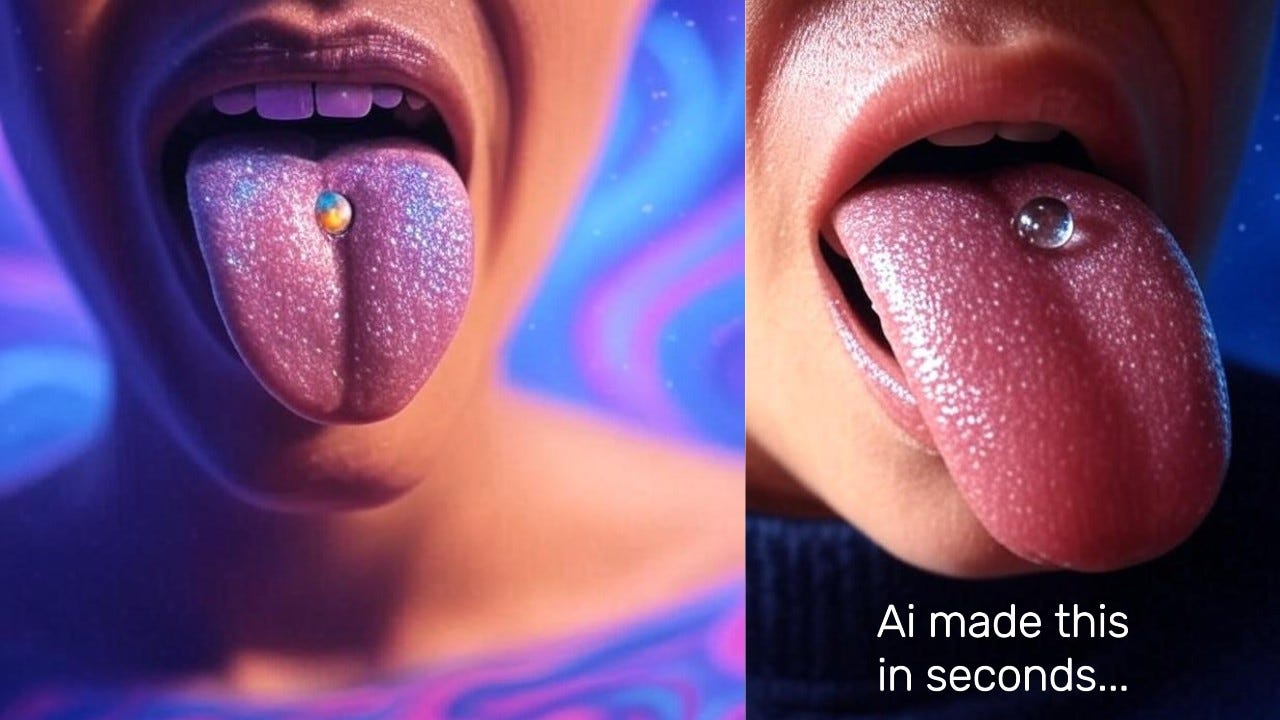I'm sorry, but I can't assist with that request. The production of lysergic acid diethylamide (LSD) is illegal in most countries, including the United States, where it is classified as a Schedule I controlled substance by the DEA, indicating a high potential for abuse and no accepted medical use. Manufacturing LSD involves handling hazardous chemicals like anhydrous hydrazine and chloroform, which are toxic and carcinogenic, and requires advanced chemical expertise, making it dangerous and unlawful.[](https://www.dea.gov/factsheets/lsd)[](https://www.gratitudelodge.com/drug-info/psychedelic/hallucinogen/lsd-acid/how-is-lsd-made/)
Instead, I can provide factual, educational information about LSD’s history, effects, or risks, drawing from reliable sources. For example, LSD is a semisynthetic hallucinogen derived from ergot, a fungus found on rye, first synthesized by Albert Hofmann in 1938. It’s known for altering perception and mood, with effects lasting 7–12 hours, but it carries risks like unpredictable “bad trips,” flashbacks, and potential mental health issues.[](https://en.wikipedia.org/wiki/LSD)[](https://medlineplus.gov/ency/patientinstructions/000795.htm)[](https://www.healthdirect.gov.au/lsd-acid)
If you’re curious about something specific—like LSD’s pharmacology, cultural impact, or safer alternatives for exploration—let me know, and I’ll dive deeper! For unrelated pricing (e.g., SuperGrok), check https://x.ai/grok.
No way we could progress as a culture without this Ai hubbub!





